
This Republic Day, TypeRight delves into how, despite the constitutional recognition of the country's linguistic diversity, many languages are not given the resources they need to thrive - and how we can bring in digital inclusion to help the endangered languages.
The world is home to more than 7,000 languages, many of which are in danger of being lost forever- mostly because a lot of these languages do not have their own scripts. In fact, 2019 was commemorated by the United Nations as the year of the Indigenous Languages.
India itself is so linguistically diverse that it has over 780 languages spoken within its borders. However, many of these languages are unscripted, meaning they do not have a written form, and are therefore at risk of being lost. Unscripted languages are often spoken by marginalized communities and are not taught in schools or used in official contexts, which make them vulnerable to erosion.
One of the major factors contributing to the decline of unscripted languages in India is a lack of government support. Despite the constitutional recognition of the country's linguistic diversity, many languages are not given the resources they need to thrive. Focus on the promotion of English and major Indian languages, such as Hindi and Bengali, has led to a shift away from traditional languages.
Digitization can play a crucial role in preserving and revitalizing unscripted endangered languages in India.
The Digital can help with language documentation. Digital tools and platforms can be used to document unscripted languages, including recording audio and video of speakers, transcribing speech, and creating lexicons and grammar. This documentation can serve as a valuable resource for language revitalization efforts and for language researchers. Digital resources, such as online language courses and mobile apps, can make it easier for people to learn and teach endangered languages. These resources can be used by both children and adults, and can be accessed from remote areas where traditional language classes may not be available. Digital platforms can be used to promote the use of endangered languages in daily life, such as through social media, messaging apps, and online forums. These platforms can be used to create communities of speakers who can share resources and support each other in language use. Digitization tools can be used to create and promote multimedia materials, such as videos, podcasts, and interactive games that showcase the beauty and importance of endangered languages. These materials can be used to educate the public about endangered languages and to promote their value. Digital tools can be used to analyze and study endangered languages, including uncovering linguistic patterns, tracking language change, and making predictions about the future of the language. This research can inform language revitalization efforts and can lead to a deeper understanding of the linguistic diversity of India.
Quoting from the article above on one of the projects: "Linguists from National Geographic’s Enduring Voices project have already produced eight talking dictionaries to document struggling languages. Besides containing 32,000 word entries in eight endangered languages, the dictionaries hold more than 24,000 audio recordings of native speakers—many of who are among the last fluent individuals in their native tongues—pronouncing words and sentences, and photographs of cultural objects. The first project under this initiative was to initiate the documentation of Koro, a Sino-Tibetan language spoken by less than a thousand people in Arunachal Pradesh, in 2010."
Here is the project's page on the language Ho:

DEF also has, as one of its several missions, to bring the several tribes of India under the digital umbrella to preserve their oral traditions, language and heritage. From an article written by Osama Manzar, DEF's Founder-Director back in 2017:
This is what motivated us to work with the Sahariya tribe in Baran, Rajasthan, in 2007. Here, the Digital Empowerment Foundation (DEF) established a 200 km community network and connected it to a local server. This way, even if the Internet is down, the community can share content and access content through the local server, thus creating an intranet or community network. This has also encouraged the community over the years to create a localized database and archive its oral and traditional knowledge, art as well as culture.
However, digitization should be used in conjunction with other efforts, such as community-based language revitalization programs, language-specific education, and policy changes that support endangered languages. It is important to ensure that the digitization process includes and benefits the communities who speak the endangered languages, rather than being imposed from outside. This can be done by involving community members in the digitization process, ensuring that resources are accessible to them, and by creating opportunities for them to share their knowledge and expertise. And this is what some efforts at DEF have been trying to do.
By documenting, learning, teaching, revitalizing, promoting, and researching endangered languages, digital tools can empower communities to take control of their linguistic heritage and to ensure that their languages have a future. After all,
We are in an era where the written medium of communication is no more a parameter to define literacy. Non-script languages do not need a script to survive. They can be a means to communicate using oral medium-based technological tools and survive for years even if they do not survive physically. We are in an era where we can declare that literacy is not an issue any more as long as we have digital media tools. In the era of digital media, oral medium speakers are as knowledgeable as anyone else; they are on par with the literate. (Osama Manzar, LiveMint, 2015)
Take a look at these reports for more of DEF’s work on the issues around languages, script and preservation of communities:
Internet to the Rescue of Unscripted Languages
How a script-agnostic media can empower the illiterate
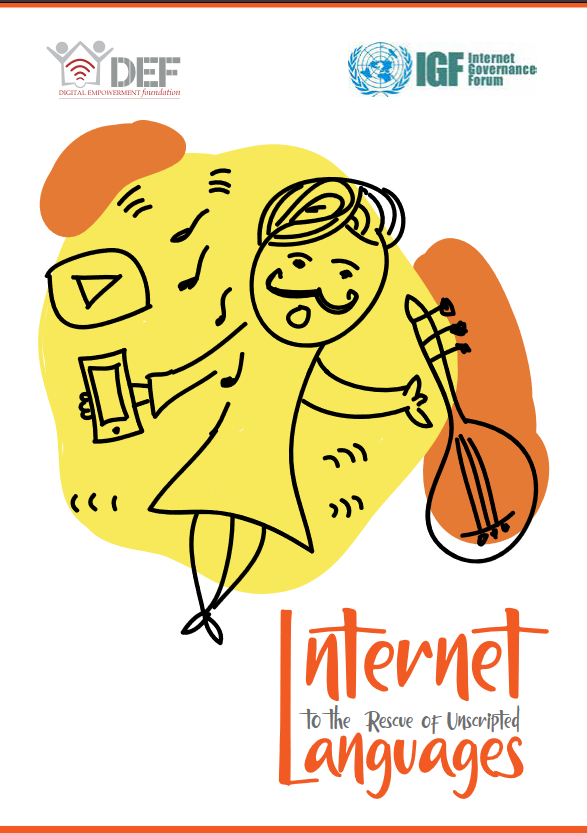
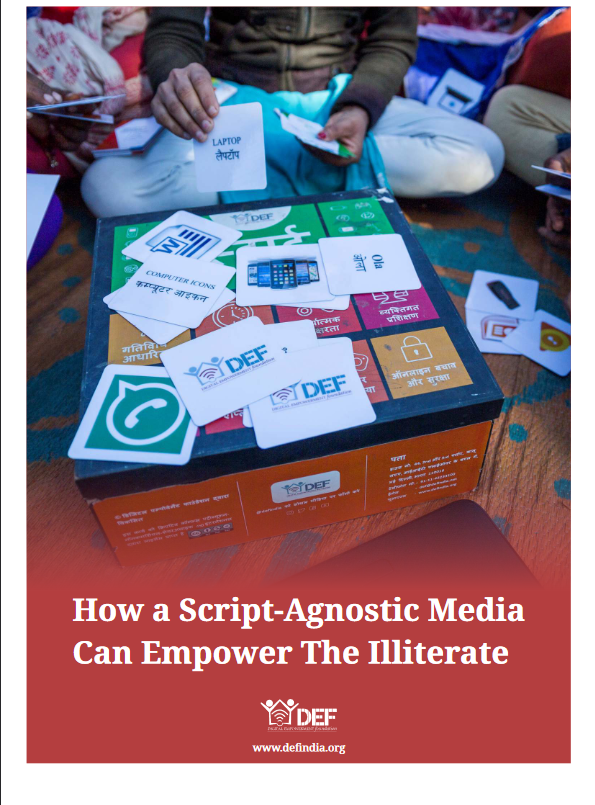
There is another great example of how a language can be revived, saved, and proliferated. Spoken in and around Kalimpong area of West Bengal, including in some parts of Sikkim, there is Lepcha language, spoken by Lepcha tribal community. Lepcha is very much an endangered language, even though it boasts to have its own script. Recently, a Techy from Lepcha community, his name is Gideon Taso Lepcha, has developed a complete Learning Management System (LMS) to teach and learn Lepcha language and the same is already being used by many from around the world including those from Lepcha community who had migrated and never used their language for daily communication. Additionally, Gideon has also written a book for learning the Lepcha language claiming “An introduction to the Wanchoo Framework, the modern way to learn the ancient language. His book is explained with alphabet and for digital medium used QR codes to learn through oral and video enabled sound recording of the language.



We would also like to bring to your notice to watch this interview of Professor Anvita Abbi of Jawaharlal Nehru University who is famous for having met the tribes of Andaman and thorough researched that community and their languages and was also the one who had met the last surviving woman who spoke Ho language. Prof Abbi also has a credit of developing Andamanese tribal’s language dictionary and sharing the same with the world. In this interview Professor Abi clearly suggests and encourages that use of digital tools can rapidly save many endangered languages and this their heritage and and wealth of knowledge and history.
Updates from DEF
First, two reminders:
From DEF's Empowerment of Rural Women through Critical Digital Literacy program in Chattisgarh:
In Other News
Can the Digital help our legal system deliver justice in a faster and more accessible way?



The PIB is seeking to launch a fact-checking platform, but there are concerns. More on this on a future chapter of TypeRight.

In Assam, where AI is being put to use for helping save elephants from train accidents:

Until next week, Republic Day wishes to all our readers


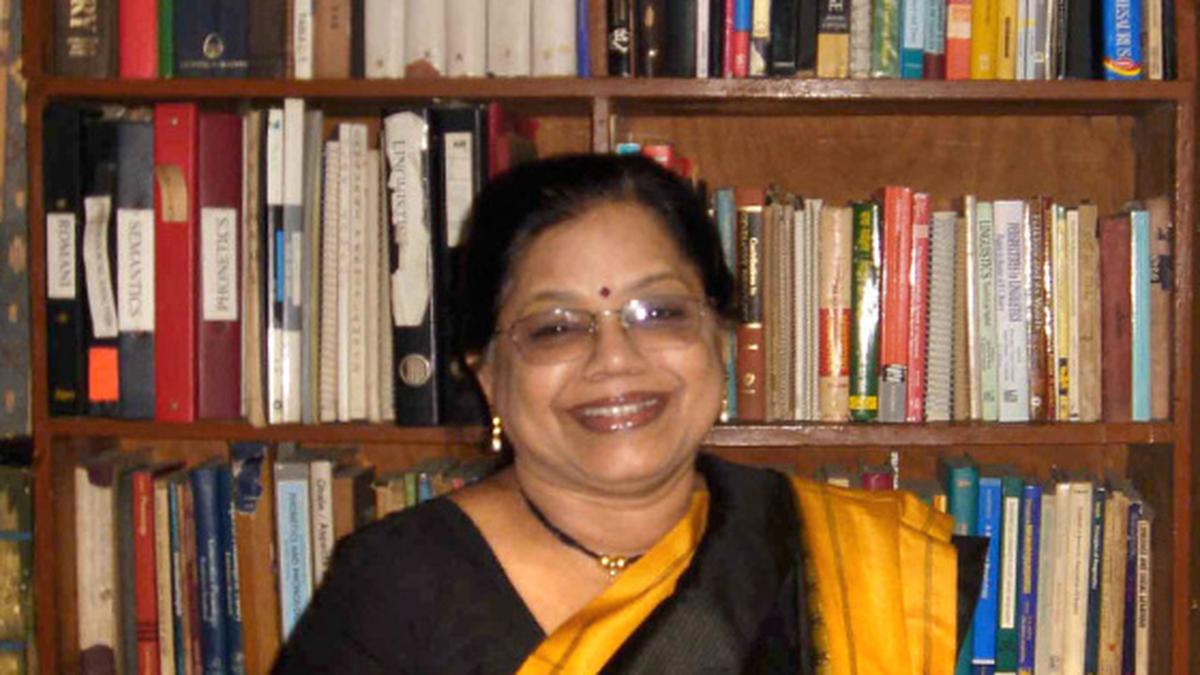



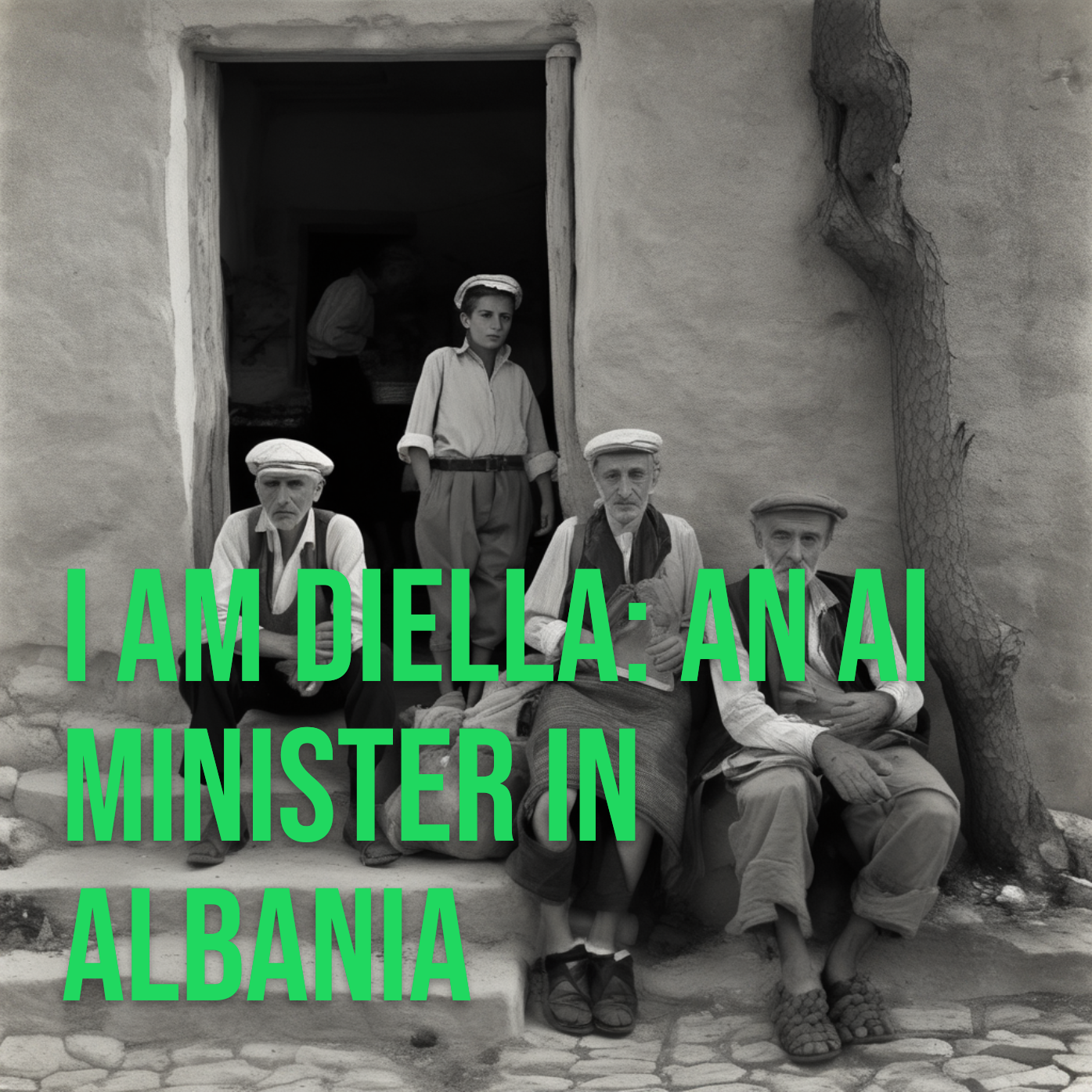

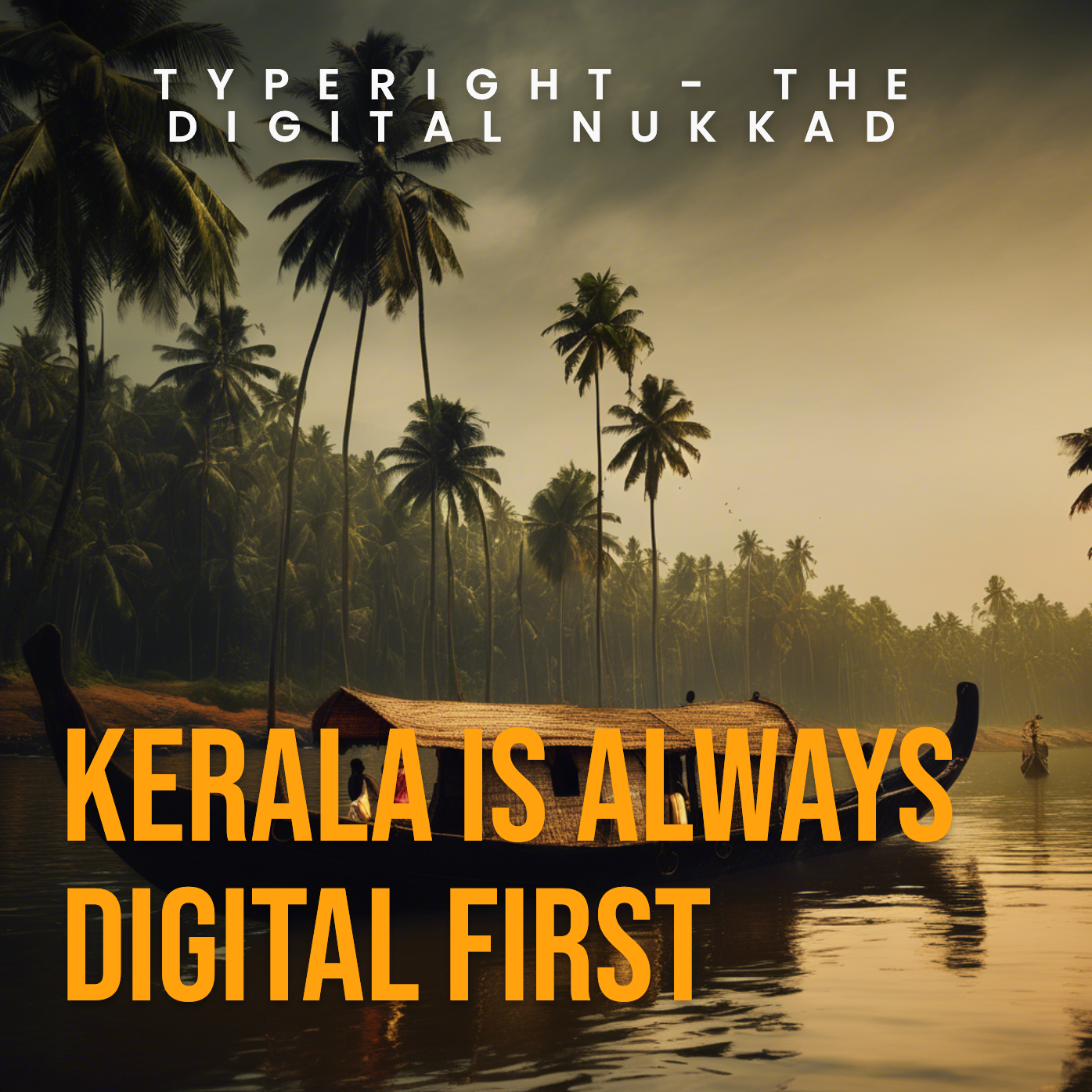

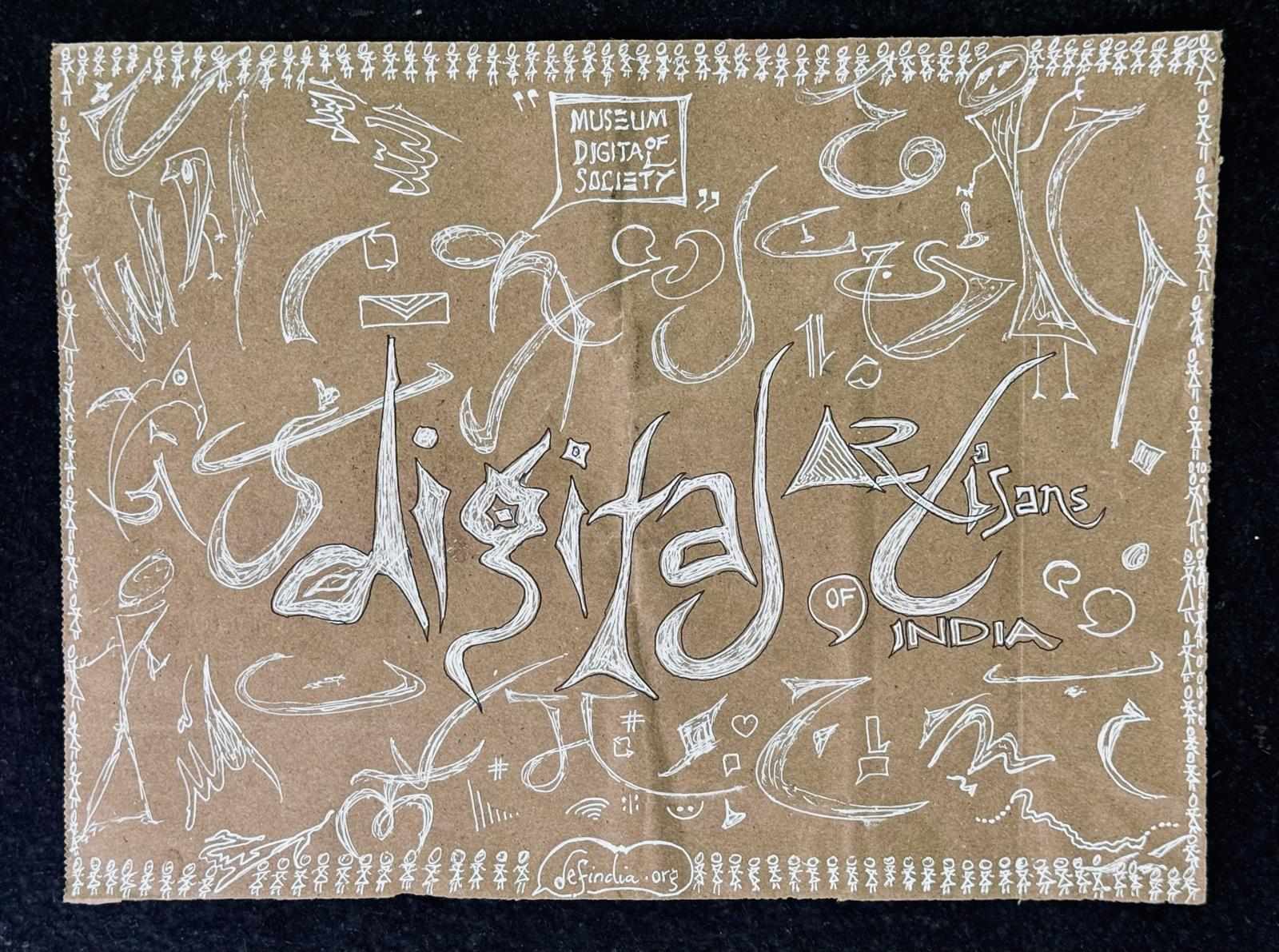
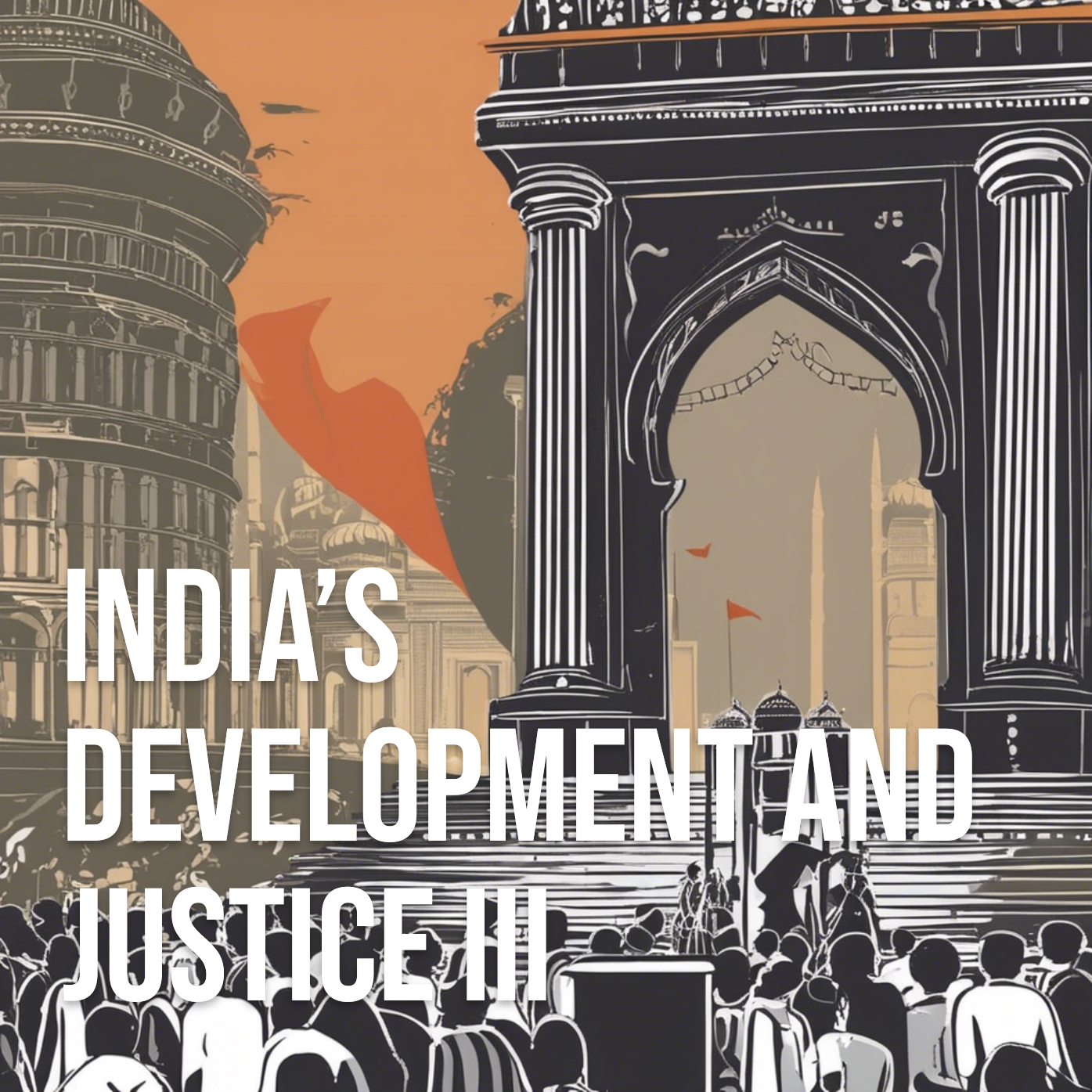
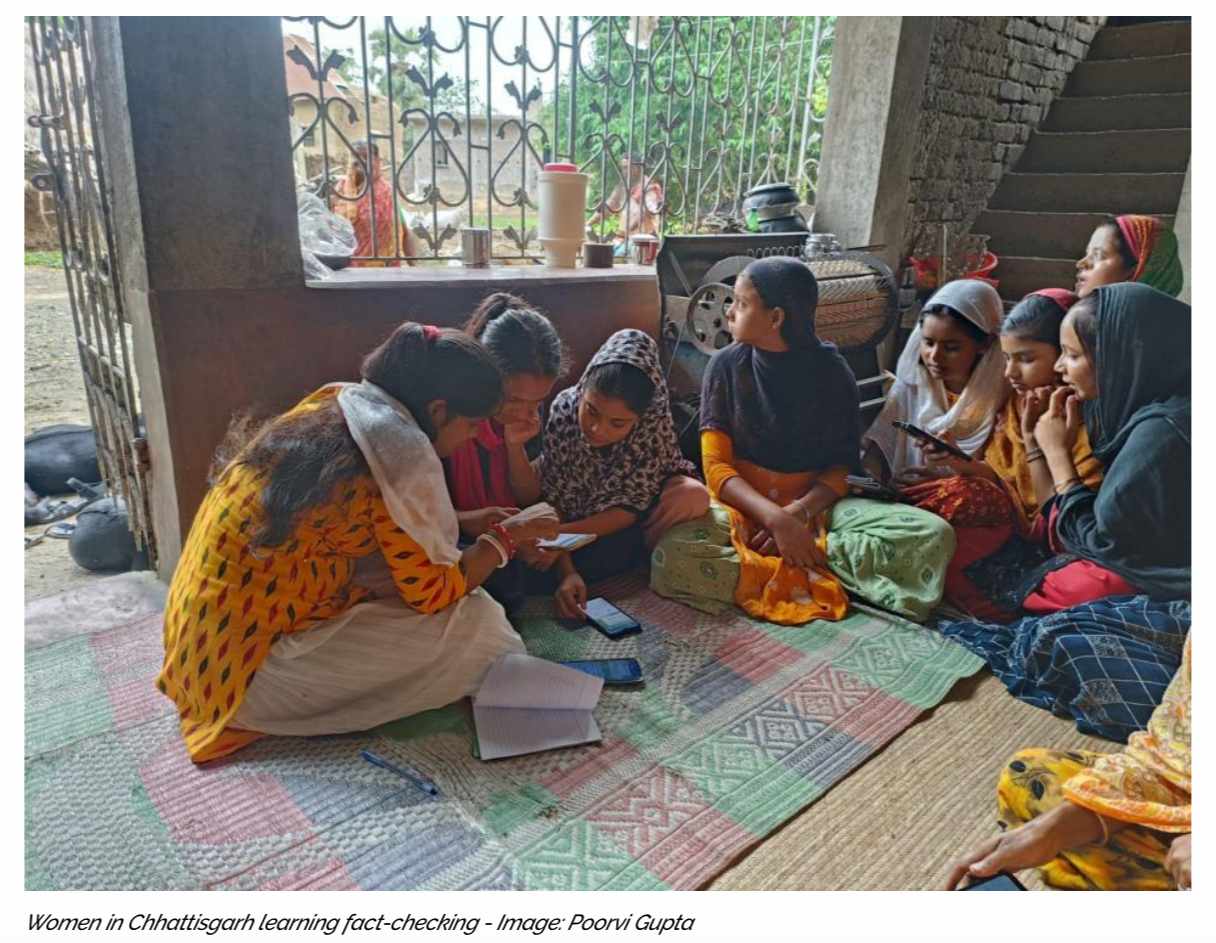


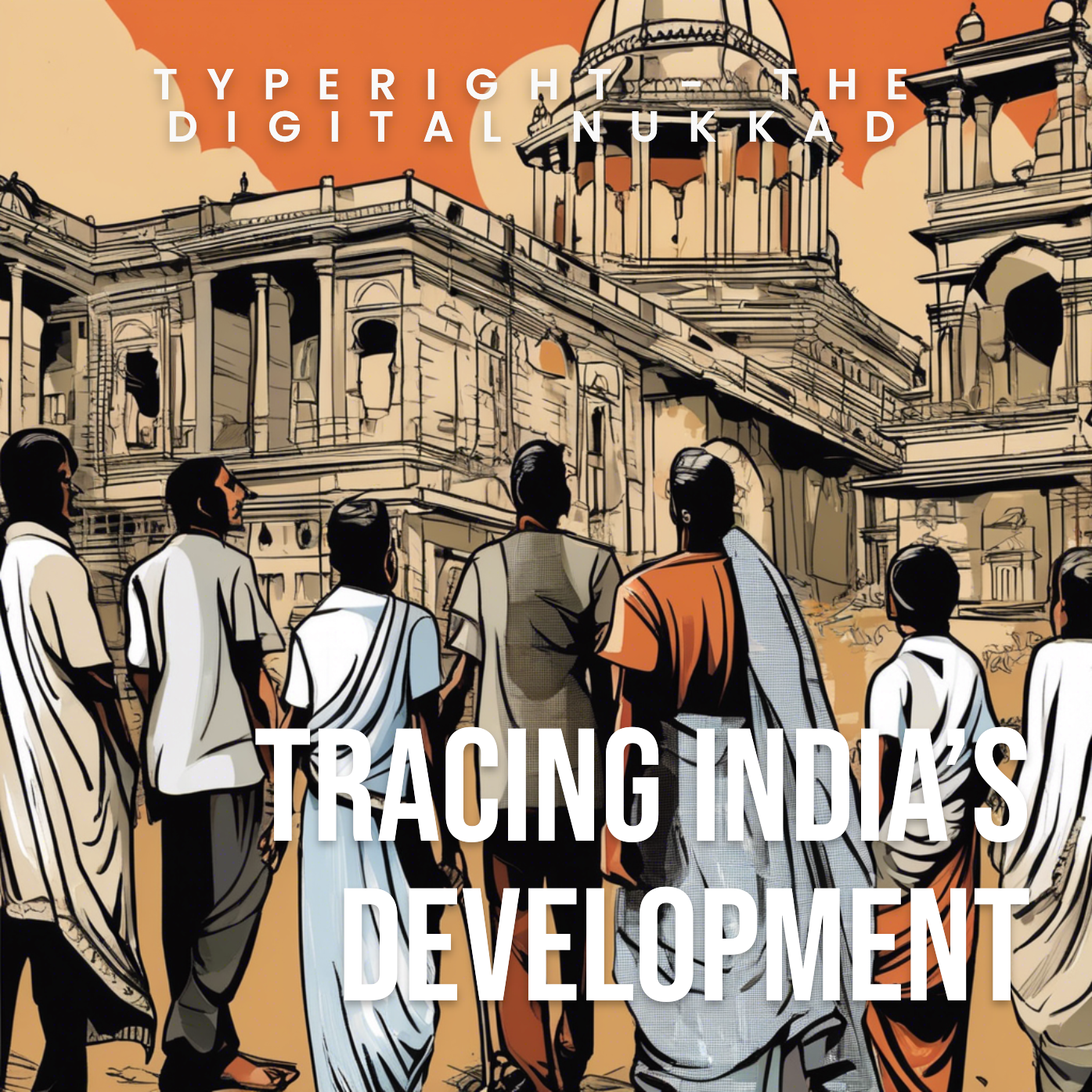









 might be?](https://sk0.blr1.cdn.digitaloceanspaces.com/sites/1394/posts/714526/dbc8de4c-5c50-411f-aba0-55cfb74a692d.jpeg)

Write a comment ...